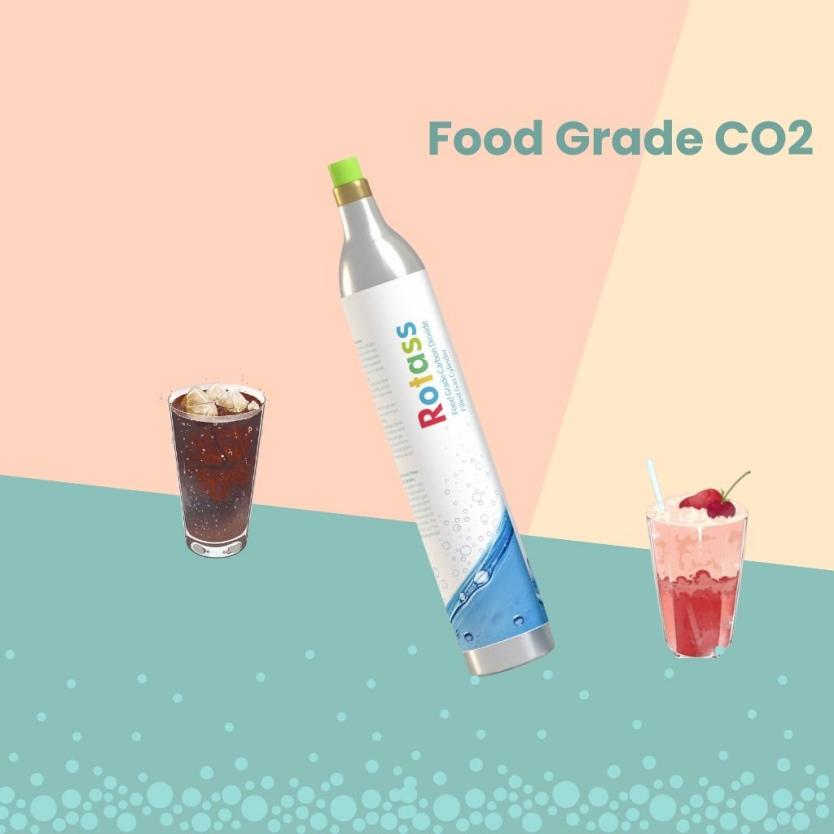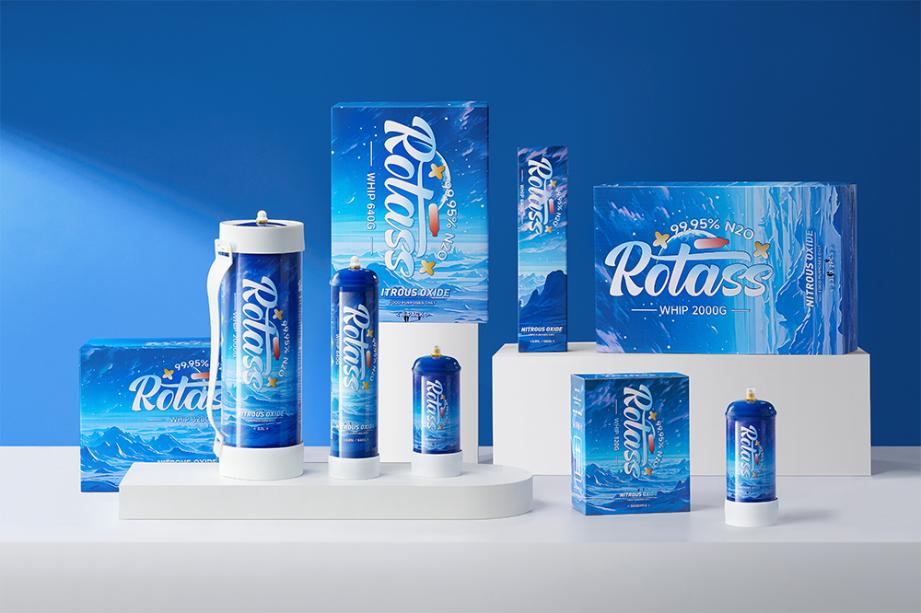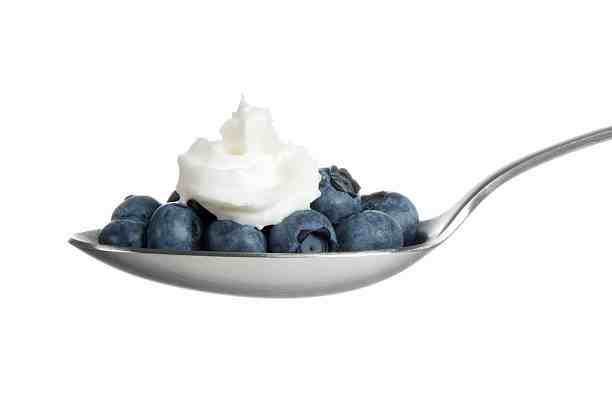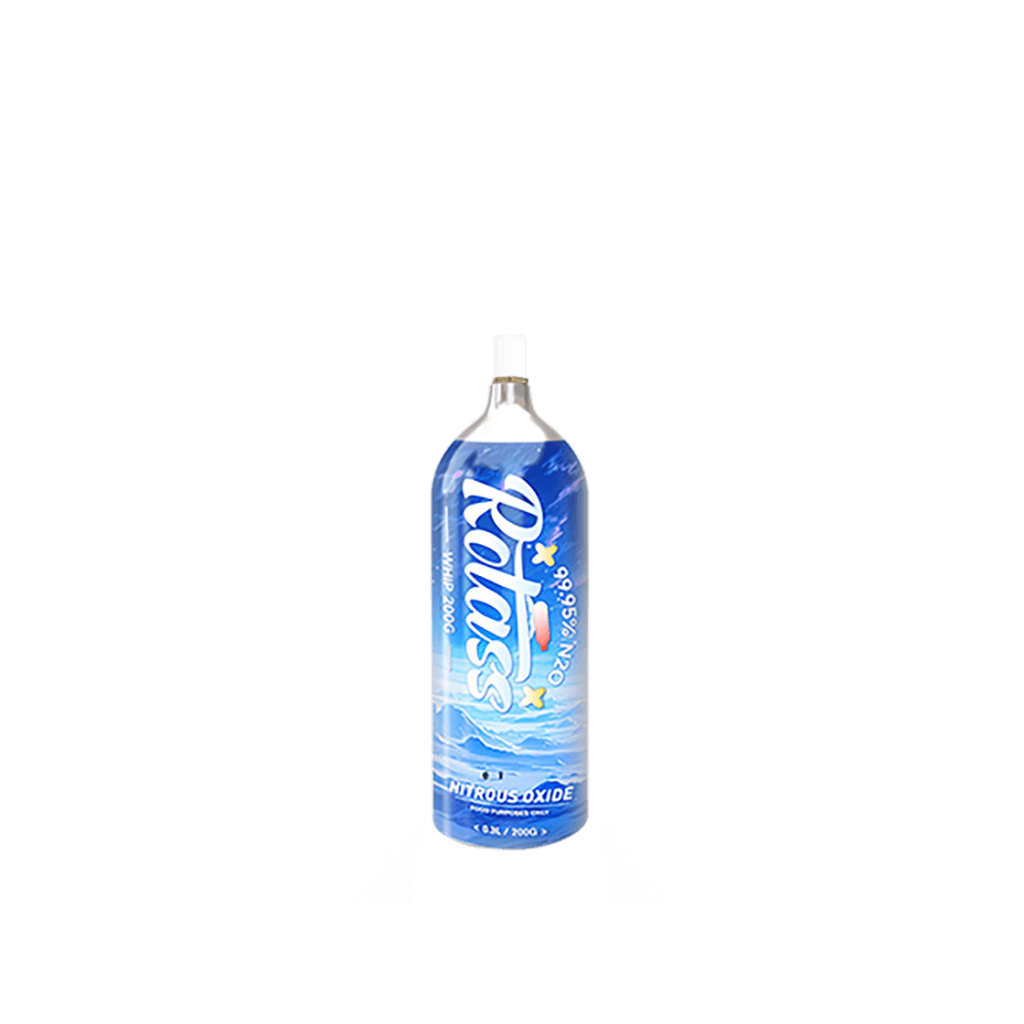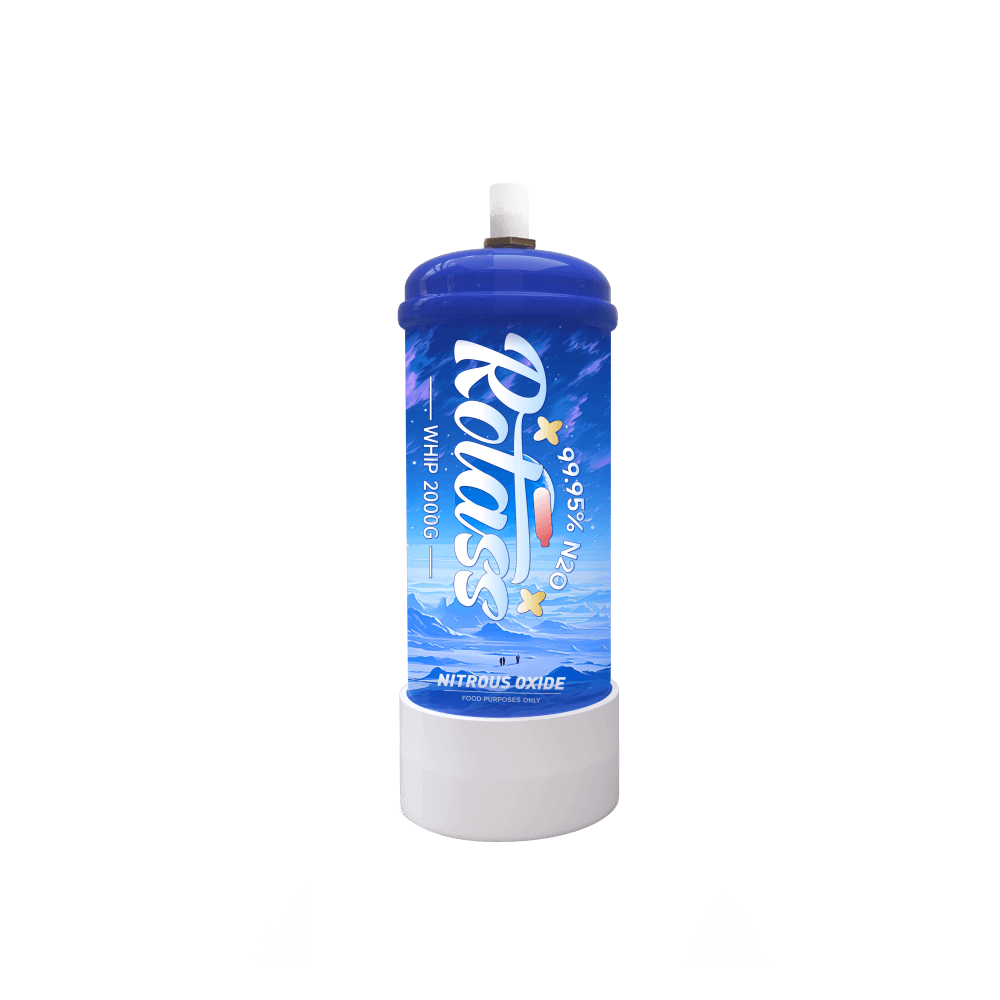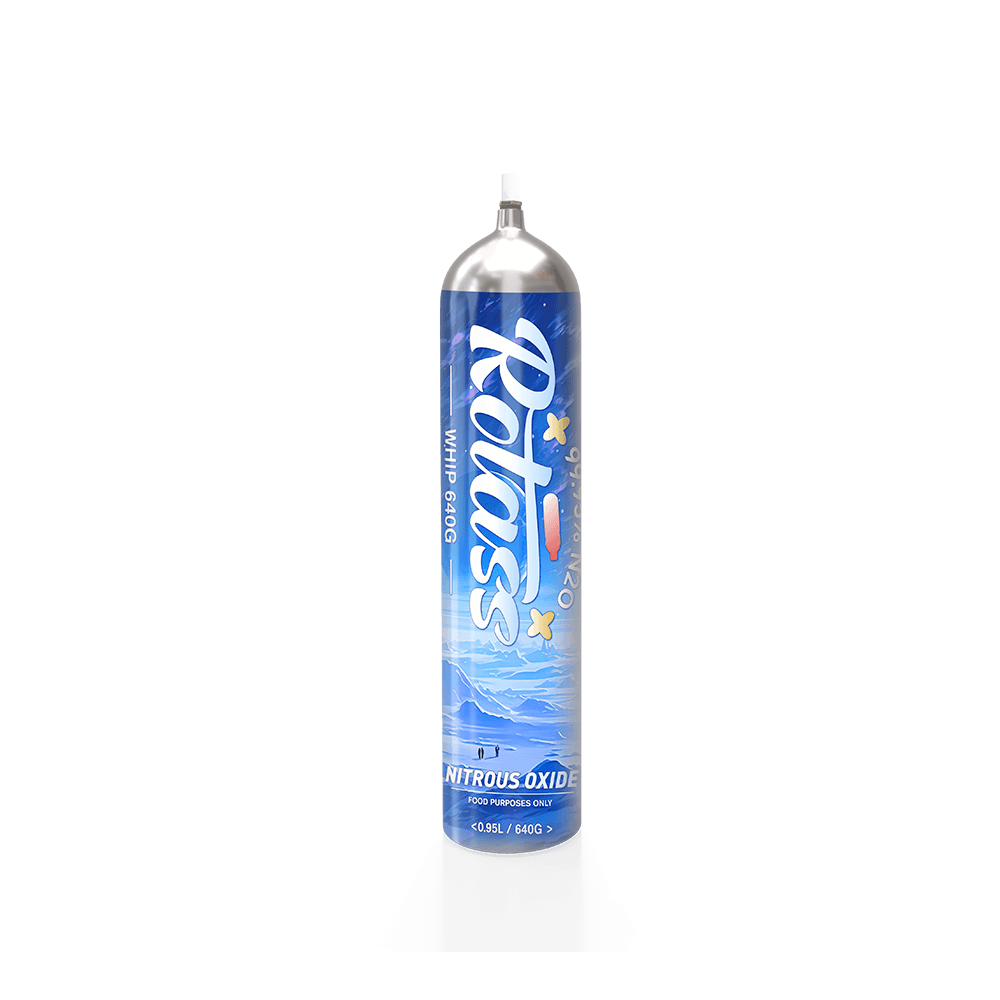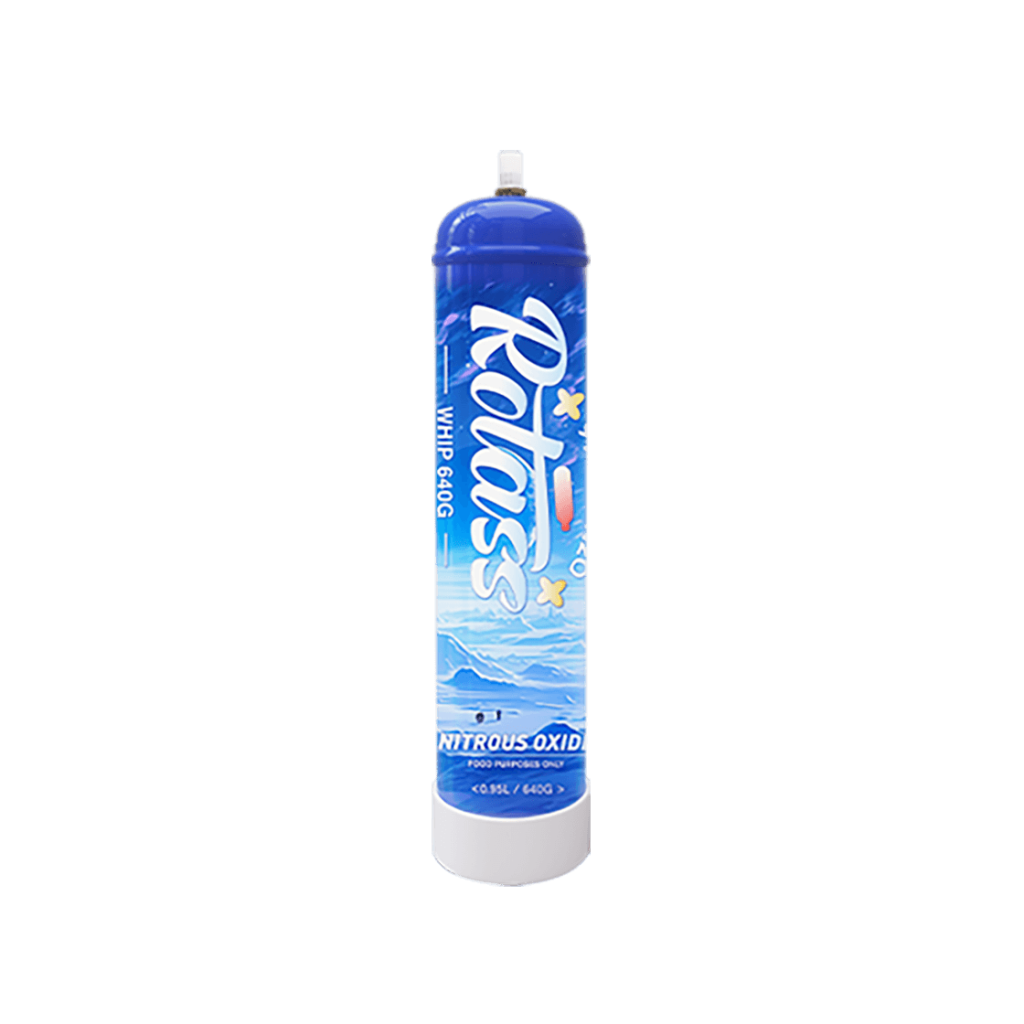2025 / 11 / 10
Food Nitrous Oxide vs Medical Nitrous Oxide: What’s the Difference?
Table of Contents
When it comes to nitrous oxide, many people will think of its common name, “laughing gas”. This colorless and sweet-tasting gas holds an important position in the industrial, food and medical fields. With its unique physical and chemical properties, it meets the specific needs of different industries. In recent years, with the advancement of food industrialization and the improvement of medical service levels, the market demand for food-grade N₂O and medical-grade N₂O has continued to grow, and their application scenarios have become increasingly extensive.
But you might wonder, why is N₂O classified into food grade and medical grade, especially since food-grade N₂O is used in the food industry? Can the two be mixed and used? In fact, these two types of nitrous oxide have many key differences in essence, particularly in their purity and intended applications. Once they are used interchangeably, it may lead to safety risks or compliance issues.

What is Food-Grade Nitrous Oxide?
Food-grade N₂O is mainly used as a food additive and is commonly known for its role in the food industry, where it may contain additives that enhance flavor or texture. Its core positioning is to ensure the quality, taste or preservation effect of food, and it must comply with relevant food safety standards to ensure that it does not pose a threat to human health. The entire process of its production, inspection and circulation is centered around food contact safety.、
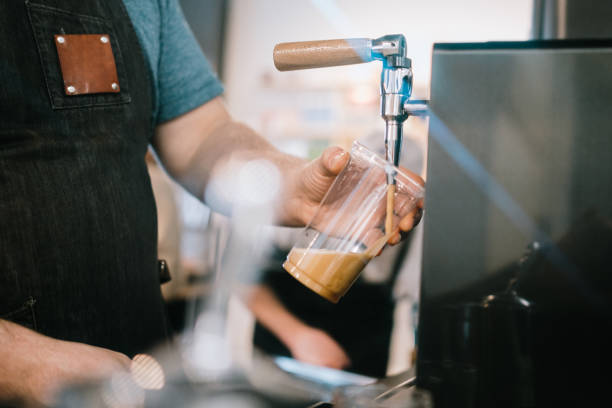
What is Medical-Grade Nitrous Oxide?
Medical-grade nitrous oxide falls within the category of pharmaceuticals and is mainly used in clinical medical activities, such as anesthesia and pain relief, highlighting its importance in medical applications. It is a clinical drug, so it must follow strict norms for drug production and management, ensuring that medical nitrous oxide is safe for patient use in medical procedures. The core requirement is to meet the safety and efficacy requirements for clinical use of medical N₂O and eliminate any risk factors that may affect patients’ health.
Both industry norms and laws and regulations clearly stipulate that food-grade and medical-grade N₂O should be separated throughout the entire process, including production, testing, packaging, and circulation. The core purpose of this principle is to prevent cross-contamination between the two types of products and ensure their safe use in different scenarios, eliminating the risk of mixed use from the source.
For many years, medical nitrous oxide has been recognized for its critical role in clinical use, particularly in applications where nitrous oxide is produced for anesthesia.
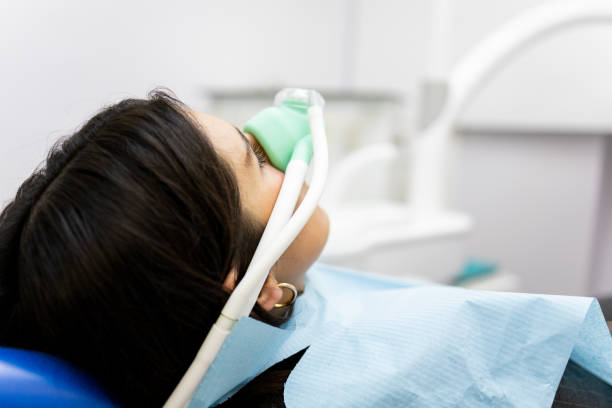
Differences Between Food Grade and Medical Grade Nitrous Oxide
(1) Purity standards for food-grade and medical-grade nitrous oxide
Purity is the most fundamental difference between the two types of nitrous oxide, and the types of impurities they target and the control ranges are completely different, especially in relation to medical applications.
The industry-wide general purity requirement for food-grade nitrous oxide is usually no less than 99.9%, while medical-grade nitrous oxide may have even stricter purity level standards. The focus of impurity control is on heavy metals, harmful gases and other contaminants related to food safety, which must comply with the purity regulations for food additives stipulated in national food safety standards.
The purity requirements for medical-grade N₂O are even more stringent, typically no less than 99.95%, highlighting that medical nitrous oxide is regulated to ensure safety in its applications compared to food-grade nitrous oxide. Besides controlling common harmful impurities, it is also necessary to strictly limit contaminants such as bacteria and particles that may cause medical infections. The standard is based on the Good Manufacturing Practice (GMP) for drugs, which has a much higher control over the purity of medical-grade nitrous oxide than the standards for food additives.
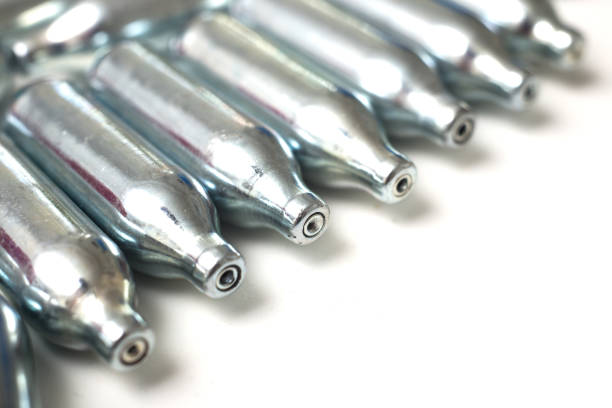
(2) Production Process
The differences in production processes are essentially aimed at matching various usage requirements.
The production process of food-grade N₂O focuses on food contact safety, ensuring its suitability for food use. For instance, the materials of production equipment must comply with food contact standards to prevent the equipment itself from releasing harmful substances. At the same time, strict cleaning procedures and anti-cross-contamination measures should be formulated to prevent impurities in the production environment from mixing into the gas.
Medical-grade N₂O needs to be produced in an aseptic environment and equipped with multiple purification processes, such as distillation and high-precision filtration, to ensure the high purity and sterility of the gas. In the quality inspection stage, in addition to the routine purity test, special testing items such as clinical toxicity and sterility will also be added to ensure compliance with clinical usage requirements.
(3) Application of food-grade nitrous oxide and medical nitrous oxide in their respective industries
The different purities and processes determine that the application scenarios of the two types of N₂O have clear boundaries.
Food-grade N₂O
In the catering industry, the most common use is to foam fresh cream, making the cream texture more delicate and fluffy, and it is widely used in the making of desserts such as cakes and coffee. It can also be used to inflate carbonated beverages, enhancing the effervescence of the drinks.
- Food processing: In the production process of some foods, it can be used for preservation treatment to delay the oxidation and deterioration of food. It can also be used as a cream charger for baking ingredients to optimize the taste and shape of food.
- Supporting equipment: Food-grade N₂O is usually stored in dedicated steel cylinders, which are essential for maintaining the purity level required for food use, such as in whipping cream. These cylinders must pass food contact safety certification and follow specific storage regulations to avoid environmental influences such as high temperatures and direct sunlight.
Medical-grade N₂O
- Clinical anesthesia: It is often mixed with oxygen as an inhalation anesthetic and is suitable for scenarios such as surgical operations and dental treatments. It can quickly put patients into an anesthetized state, and they recover relatively quickly, with a relatively mild impact on the body.
- Medical assistance: In some pain management scenarios, it can be used to relieve patients’ acute pain. At the same time, it can also play an auxiliary role in some respiratory function auxiliary treatments.
- Usage norms: The use of medical-grade N₂O must be matched with professional medical equipment to ensure that the nitrous oxide is used safely and effectively. Operators must have the corresponding clinical qualifications and strictly follow medical operation standards to avoid risks caused by improper use of medical N₂O.

(4) Packaging and Transportation
There are also significant differences in the compliance requirements for the two types of nitrous oxide, from packaging to transportation, particularly concerning medical applications and the differences between food-grade and medical-grade N₂O.
In terms of packaging, food-grade N₂O cylinders must be marked with relevant labels of food additives, and the material and sealing performance of the cylinders must pass food contact safety certification. Medical-grade N₂O is packaged in medicinal materials, which must clearly indicate the drug name, specification, production date, expiration date, manufacturer, and other information related to its medical use. At the same time, a complete product traceability system should be established to ensure that each batch of products is traceable. In terms of circulation qualifications, enterprises engaged in the production and operation of food-grade N₂O must hold relevant qualifications such as food additive production licenses and operation licenses, and their products must be accompanied by test reports that meet food safety standards.
The production enterprises of medical N₂O must obtain a drug production license, and the trading enterprises must have a drug trading license to ensure compliance with safety standards. The entire process must strictly follow the regulations on drug circulation, ensuring that medical nitrous oxide is produced and handled safely. In the transportation process, the transportation classification, temperature control and protective measures of the two types of products are also different.
The transportation of medical-grade nitrous oxide must comply with the cold chain or temperature control requirements for drug transportation, and avoid severe vibration and environmental changes to maintain its purity level. The transportation of food-grade N₂O requires special attention to the protection of the gas cylinders to prevent leakage and collision.
How to Choose a Right Food-grade N₂O Supplier?
For users with food-grade N₂O procurement needs, choosing the right supplier and gas cylinder is of vital importance, as it directly affects product quality and usage safety in the food industry. This not only affects production safety, but also influences the final quality of the product and the trust of customers in the food industry. If non-food grade gases are used, they may cause oil stains, odors or trace impurities to contaminate food products, thereby spoiling the taste of food and even posing health risks associated with food use.
1. Verify core qualifications: Give priority to suppliers holding food additive production licenses and business licenses, especially those dealing with medical-grade nitrous oxide. At the same time, require them to provide product inspection reports and confirm that all indicators in the reports comply with national food safety standards.
2. Evaluate the strength of the enterprise: Understand the production scale of the supplier and whether the quality control system is complete, such as whether it has standardized production workshops, professional testing equipment, etc. At the same time, pay attention to the stability of the supply chain to ensure timely supply and avoid affecting the production or business progress.
3. Examine service capabilities: Ask the supplier if they can offer customized packaging services, such as providing cylinders of different capacities according to requirements; Understand the delivery time limit to ensure that the products can be delivered in a timely manner. In addition, high-quality after-sales technical support is also very important, such as providing storage and usage guidance for medical-grade nitrous oxide and promptly resolving any problems encountered during use.

Rotass has been dedicated to the research and development and supply of food-grade N₂O, and has established a complete quality traceability system and international standard testing procedures. From gas purification, filling to storage and transportation, every link complies with food safety systems (such as HACCP and ISO standards) to ensure that food-grade N₂O is safe for use in the food industry.
In addition, Rotass offers a variety of food-grade nitrous oxide cylinders and filling solutions in different specifications to meet the diverse needs of customers in the catering, baking, dessert workshops and mass production industries. Whether it is a small coffee shop or a large food factory, they can all obtain consistent and stable gas quality and user experience.
Final Words
Many people might think, “they are all N₂O, it should be fine to mix them occasionally,” but this approach poses a significant safety hazard due to the differences between food-grade and medical-grade N₂O. The two should not be used interchangeably, nor should they substitute for each other. The purity and impurity control standards of food-grade nitrous oxide are far lower than those of medical-grade nitrous oxide, which must meet stringent purity level requirements.
If it is used in medical scenarios, it may lead to poor anesthetic effects and affect the surgical process. Meanwhile, the impurities in medical-grade nitrous oxide may cause adverse reactions such as infection and allergy in patients, and even endanger their lives and safety. The production cost of medical N₂O is much higher than that of food-grade N₂O due to the stringent regulations involved. If it is used in food processing, it will significantly increase the cost and cause a waste of resources. On the other hand, the production standards for medical-grade N₂O are formulated for medical scenarios, and the compliance of its additives does not meet food standards, which may lead to potential safety hazards in food.
Whether it is a professional baker or an industrial-grade food manufacturer, choosing food-grade nitrous oxide correctly and staying away from non-standard products are crucial steps to ensure food safety and flavor stability.

